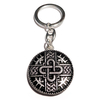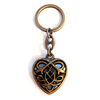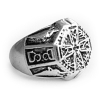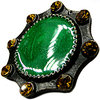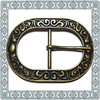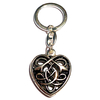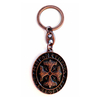CATEGORIES KEYCHAINS ANTIQUE COPPER Keychain MIDGARD AB
CATEGORIES KEYCHAINS ANTIQUE COPPER Keychain NORDIC SKULL AB
CATEGORIES KEYCHAINS ANTIQUE COPPER Keychain PIRATES OF THE CARIBBEAN AB
CATEGORIES KEYCHAINS ANTIQUE COPPER Keychain SAN BERNADETTO CROSS AB
CATEGORIES KEYCHAINS ANTIQUE COPPER Keychain SIEGEL DER TEMPLER AB
CATEGORIES KEYCHAINS ANTIQUE COPPER Keychain SONNENRAD AB
CATEGORIES KEYCHAINS ANTIQUE COPPER Keychain TEUTONENKREUZ AB
CATEGORIES KEYCHAINS ANTIQUE COPPER Keychain THORS HAMMER AB
CATEGORIES KEYCHAINS ANTIQUE COPPER Keychain THORSKREUZ AB
CATEGORIES KEYCHAINS ANTIQUE COPPER Keychain WALKÜRE AB
CATEGORIES KEYCHAINS ANTIQUE COPPER Keychain WIKINGERSCHILD AB
CATEGORIES KEYCHAINS ANTIQUE COPPER Keychain WOTAN AB
Keychain MIDGARD AB
In stock
can be shipped within 1 days
Customers who bought this product also bought
|
|
|
|
|
|
|
|
Browse this category: ANTIQUE COPPER
Keychain PIRATES OF THE CARIBBEAN AB
In stock
can be shipped within 1 days
Keychain SAN BERNADETTO CROSS AB
In stock
can be shipped within 1 days
Keychain SIEGEL DER TEMPLER AB
In stock
can be shipped within 1 days
Customers who bought this product also bought
|
|
Browse this category: ANTIQUE COPPER
Keychain SONNENRAD AB
In stock
can be shipped within 1 days
Customers who bought this product also bought
|
|
|
|
|
|
|
|
Browse this category: ANTIQUE COPPER
Keychain THORS HAMMER AB
In stock
can be shipped within 1 days
Customers who bought this product also bought
|
|
|
|
|
|
|
|
Browse this category: ANTIQUE COPPER
Keychain THORSKREUZ AB
In stock
can be shipped within 1 days
Customers who bought this product also bought
|
|
|
|
Browse this category: ANTIQUE COPPER
Keychain WIKINGERSCHILD AB
In stock
can be shipped within 1 days
Customers who bought this product also bought
|
|
|
|
|
|
|
Browse this category: ANTIQUE COPPER
Keychain WOTAN AB
In stock
can be shipped within 1 days
Customers who bought this product also bought
|
|
|
|
|
|
|
|
Browse this category: ANTIQUE COPPER










